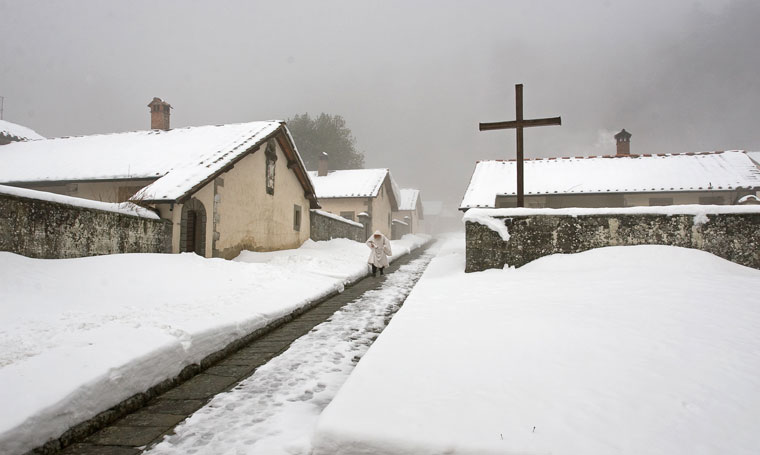
The story of Camaldoli begins a few years after the fateful anniversary of the year One Thousand, and is linked to the figure of San Romualdo, a monk from Ravenna who preached the Rule of Saint Benedict. On his way to the Abbey of Santa Trinità, located on the slopes of Pratomagno, he stopped around 1012 in a clearing not far from the Apennine ridge. There, fascinated by the solitary beauty of the forest and stimulated by the concrete possibility of building a shelter for pilgrims and wayfarers who visited the area, he decided to build a hermitage. The Hermitage was consecrated in 1027; in 1080 the hospice became the Monastery. From the beginning of its centuries-old history, Camaldoli became one of the most significant examples of how monastic management contributed to the conservation and propagation of environmental and naturalistic values. Already in 1080 Rodolfo, the fourth prior of the Hermitage, codified the life habits of the community of the Hermit monks of Benedict and Romualdo in the first of the Camaldolese Codes that reveal these devotees as diligent guardians and sensitive administrators of the forest heritage: full of mystical and spiritual tensions, but also attentive to the numerous technical, economic and social problems that the conservation of that heritage entailed. In 1520 the printing house of the Monastery printed the Rule of Eremitic Life: these are not just norms written for regulating work, but describe an integral part of the Rule of Life. The conservation and enrichment of the forest were lived as an act of love towards nature and its Creator. Later, from the sixteenth century onwards, the silviculture activity took on greater importance to the production of timber, while maintaining a constant attention to the health of the forest. The main changes affected the forest composition: the white fir was privileged - and beautiful woods still surround the Holy Hermitage - for its economic value but also because it is a symbol of wisdom and height in meditation.

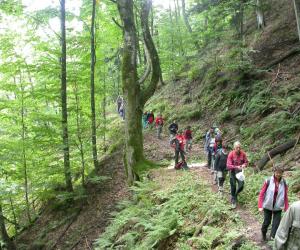

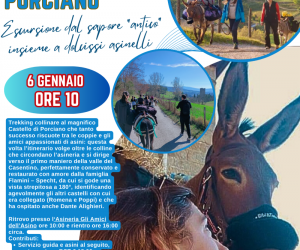


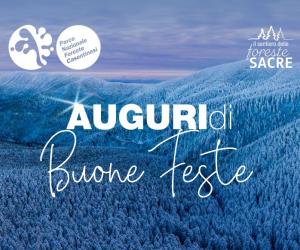



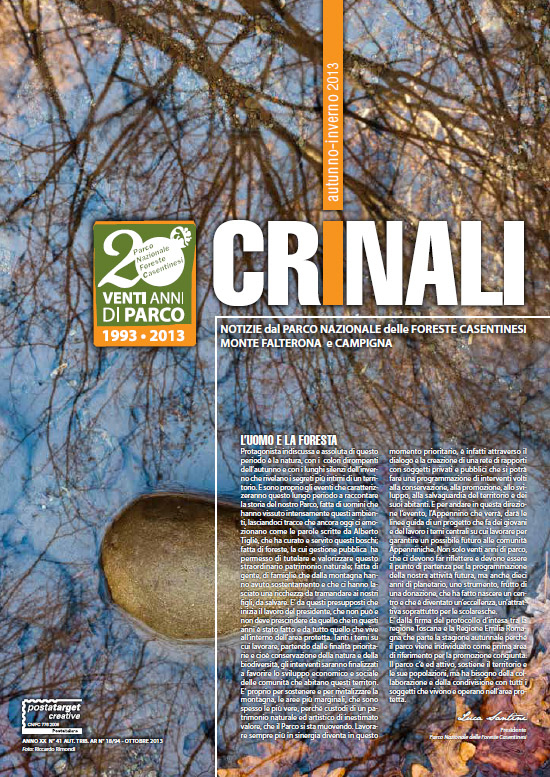
 Integra Solutions
Integra Solutions